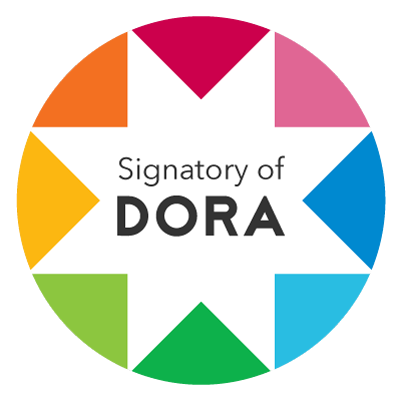The Development of Adaptive Behavior Scale
Keywords:
Adaptive Behavior, Learning Disabilities, Adjustable and Non-Adjustable BehaviorAbstract
The current research is essential for parents, teachers and experts to diagnosis the adaptive behavior problems among students with and without learning disabilities. Firstly, 20 experts were interviewed to generate pool of 64 items. After elimination, 44 items was piloted on 100 student’s teachers, as a report measure of 5-point rating scale. Lastly, 10 teachers of 100 students were given the final list of 44 items, Vinland Adaptive Behavior Scale (Saleem&Mahmood, 2011). In the result, Factor analysis distributed the scale into two factors, Adjustable Behavior and Non-Adjustable Behavior. Factors correlation shows that (AAB) scale significant negatively correlated with (NAAB) scale. Scale shows high reliability i.e. Adjustable Adaptive Behavior (.95), Non-adjustable Adaptive Behavior (.61), and total reliability is (.86). Factors show a negative correlation with each other and with overall Adaptive Behavior. Thescale shows a significant correlation with Vinland (ABS). The results revealed that the developed scale is valid.
Downloads
Published
Details
-
Abstract Views: 476
PDF Downloads: 328
How to Cite
Issue
Section
License

RESEARCH OF SOCIAL SCIENCES (SMC-PRIVATE) LIMITED(ROSS) & PAKISTAN SOCIAL SCIENCES REVIEW (PSSR) adheres to Creative Commons Attribution-Non Commercial 4.0 International License. The authors submitting and publishing in PSSR agree to the copyright policy under creative common license 4.0 (Attribution-Non Commercial 4.0 International license). Under this license, the authors published in PSSR retain the copyright including publishing rights of their scholarly work and agree to let others remix, tweak, and build upon their work non-commercially. All other authors using the content of PSSR are required to cite author(s) and publisher in their work. Therefore, RESEARCH OF SOCIAL SCIENCES (SMC-PRIVATE) LIMITED(ROSS) & PAKISTAN SOCIAL SCIENCES REVIEW (PSSR) follow an Open Access Policy for copyright and licensing.






